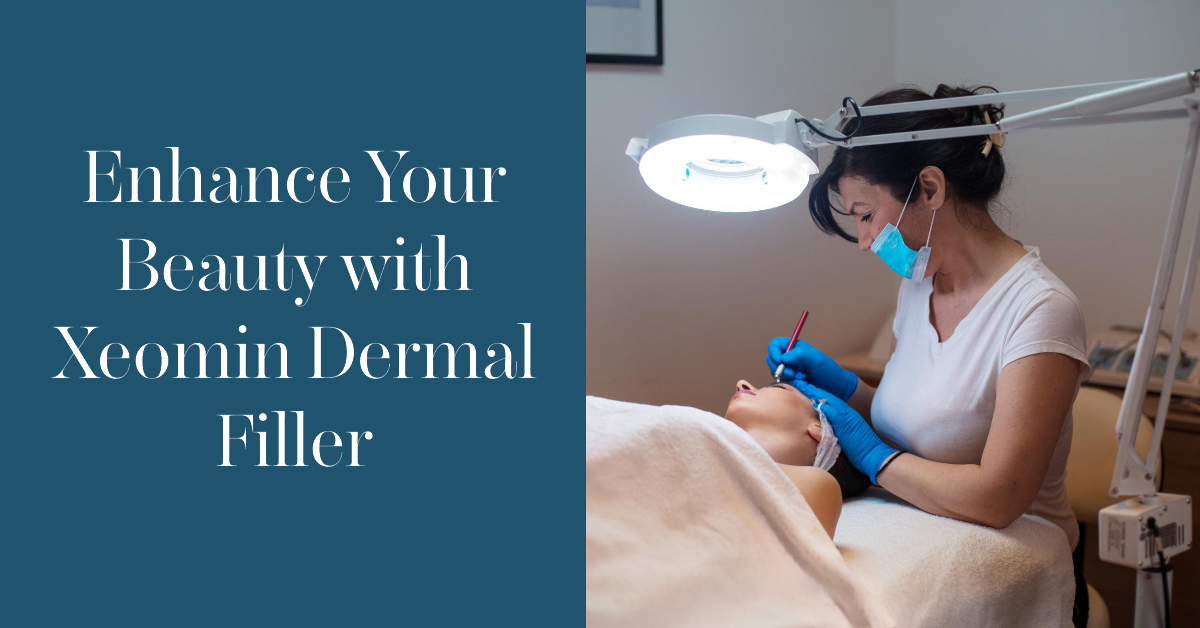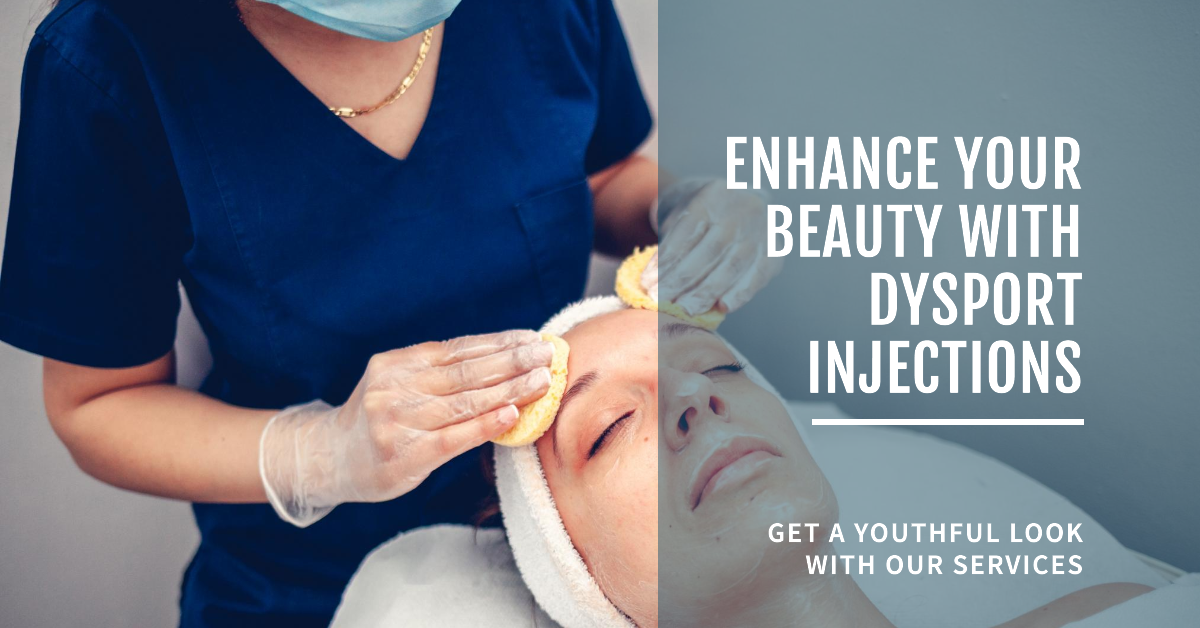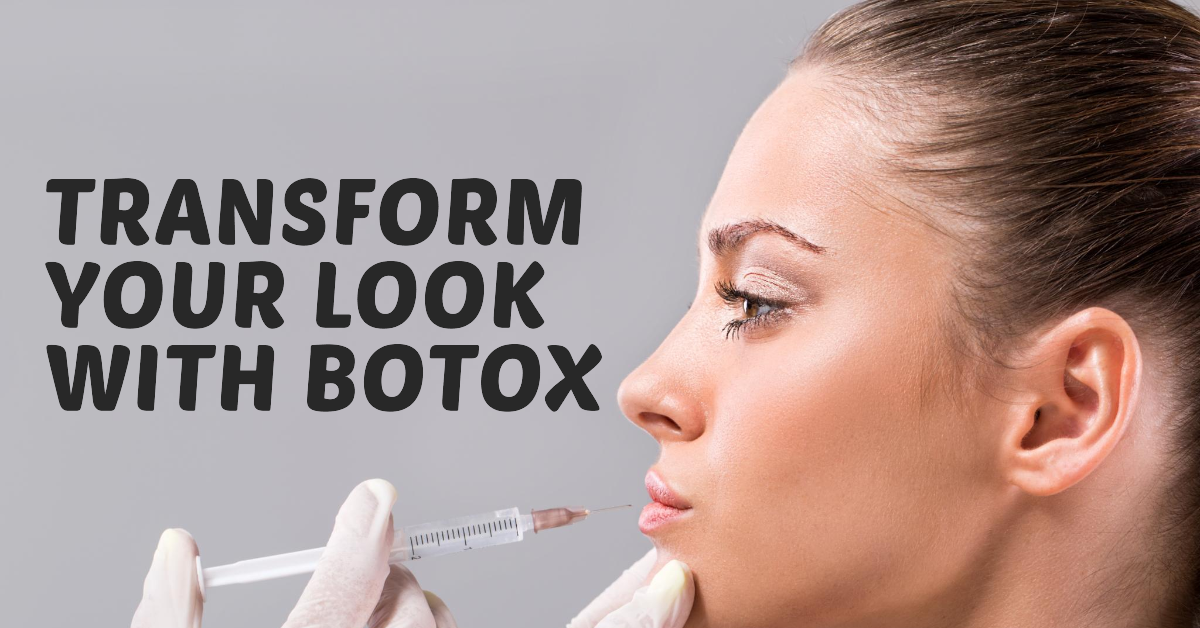Xeomin Dermal Filler White Plains New York USA| New look New Life A Esthetics
Xeomin Dermal Filler White Plains New York USA| New look New Life A Esthetics
- 210 Views
- February 26, 2024

Looking for a natural and refreshed look? Discover the magic of Xeomin dermal filler! Say goodbye to fine lines and wrinkles with this advanced cosmetic treatment. Learn more about how Xeomin can enhance your beauty and boost your confidence.
In the constantly changing world of cosmetic enhancements, Xeomin has emerged as a prominent player in the realm of dermal fillers. With a focus on providing a natural and youthful appearance, Xeomin has gained popularity among individuals seeking non-invasive procedures to rejuvenate their skin. In this comprehensive guide, we will explore the headaches of Xeomin, from its composition to its application, benefits, and potential side effects.
Understanding Xeomin
Xeomin, similar to Botox and Dysport, is a type of botulinum toxin type A. Botulinum toxin is a neurotoxic protein produced by the bacterium Clostridium botulinum.
However, in the case of Xeomin, it differs in its formulation, as it is a "naked" toxin without complexing proteins. This unique feature makes Xeomin a pure and potent form of botulinum toxin.
Mechanism of Action
Xeomin functions by temporarily blocking nerve signals in the muscles where it is injected. This blockade inhibits muscle contractions, leading to the reduction of dynamic wrinkles and fine lines on the skin's surface.
The primary component responsible for this action is botulinum toxin type A, which interferes with the release of acetylcholine, a neurotransmitter essential for muscle contractions.
Application Areas
Xeomin is commonly used to address facial wrinkles and lines caused by repetitive muscle movements. Areas of application include:
Glabellar Lines: Often referred to as frown lines or "11" lines, these vertical wrinkles between the eyebrows can be effectively treated with Xeomin.
Crow's Feet: The fine lines that form around the eyes due to smiling and squinting are a common concern. Xeomin can smooth these lines, providing a more youthful appearance.
Forehead Lines: Horizontal lines on the forehead, caused by facial expressions and muscle movements, can be softened with the use of Xeomin.
Bunny Lines: These lines appear on the sides of the nose when a person scratches their nose. Xeomin can relax the underlying muscles, diminishing the appearance of bunny lines.
Jawline Contouring: Xeomin can be strategically injected to contour the jawline and reduce the appearance of a square or overly prominent jaw.
Procedure
The administration of Xeomin is a minimally invasive procedure typically performed in a medical aesthetic professional's office. The process involves the following steps:
Consultation: Prior to the procedure, individuals undergo a consultation with a qualified healthcare provider to discuss their goals, medical history, and any concerns.
Cleansing: The treatment area is thoroughly cleansed to minimize the risk of infection.
Injection: Using a fine needle, Xeomin is injected into specific muscles responsible for the targeted wrinkles. The number of injections and the amount of Xeomin used depend on the individual's anatomy and desired outcomes.
Post-Treatment Care: Patients are advised to avoid vigorous exercise, excessive sun exposure, and certain medications for a specified period after the procedure. Results typically become noticeable within a few days to a week.
Benefits of Xeomin
Natural Look: Xeomin provides a natural-looking result, preserving facial expressions while reducing the appearance of wrinkles.
Quick Procedure: The injection process is quick, often taking around 15-20 minutes, making it convenient for those with busy schedules.
Minimal Discomfort: Discomfort during the procedure is minimal, and some practitioners may use a topical anesthetic to further enhance patient comfort.
No Downtime: Unlike surgical interventions, Xeomin injections require little to no downtime, allowing individuals to resume their normal activities shortly after the procedure.
Gradual Onset: While some improvement may be noticed within a few days, the full effects of Xeomin usually become apparent within two weeks.
Potential Side Effects
While Xeomin is generally considered safe, like any cosmetic procedure, it may carry some risks and side effects. Common side effects include:
Redness and Swelling: Temporary redness and swelling at the injection site are normal and usually subside within a few hours to days.
Bruising: Some individuals may experience bruising at the injection site, which is typically mild and resolves on its own.
Headache: A mild headache may occur, but it is usually short-lived.
Ptosis: In rare cases, the toxin may spread beyond the intended area, causing temporary drooping of the eyelid (ptosis). This side effect is typically temporary and self-resolving.
Allergic Reactions: While rare, allergic reactions can occur. It's essential for individuals to disclose any known allergies to their healthcare provider before the procedure.
How long does Xeomin filler last?
Xeomin, a neurotoxin derived from botulinum toxin type A, is primarily used for cosmetic purposes to reduce the appearance of facial wrinkles and lines.
Unlike traditional dermal fillers, Xeomin functions by temporarily inhibiting muscle activity, thereby diminishing the dynamic wrinkles caused by repetitive facial expressions.
The longevity of Xeomin's effects varies from individual to individual but typically lasts between three to six months. Factors influencing the duration include the patient's metabolism, the dosage administered, and the specific areas treated.
Patients can expect a gradual return of muscle activity as Xeomin gradually wears off, prompting a natural re-emergence of facial expression lines. Periodic maintenance treatments are often recommended to sustain the desired cosmetic results.
It is essential for individuals considering Xeomin injections to consult with a qualified healthcare professional to determine a personalized treatment plan tailored to their aesthetic goals and medical history.
Additionally, adherence to post-treatment care guidelines and regular follow-up appointments contributes to optimizing the efficacy and longevity of Xeomin fillers in a safe and satisfactory manner.
What should you expect with dermal fillers?
Dermal fillers are cosmetic substances injected beneath the skin's surface to restore volume, smooth lines, and enhance facial contours. Typically composed of hyaluronic acid, a naturally occurring substance in the body, dermal fillers are renowned for their ability to hydrate and plump the skin.
The procedure is minimally invasive, involving a series of injections administered by a qualified healthcare professional. Patients can expect temporary discomfort, usually alleviated with the application of a topical anesthetic or anesthetic injections, depending on the individual's pain tolerance.
Results are visible almost immediately, offering a rejuvenated and youthful appearance. While side effects are generally mild and transient, such as redness, swelling, or bruising at the injection site, they usually resolve within a few days.
The longevity of the effects varies based on the type of filler used and individual factors, with results typically lasting from several months to over a year. Regular maintenance sessions may be recommended to sustain the desired outcome.
What are The Different Types of Dermal Fillers?
Dermal fillers are substances injected beneath the skin to add volume, smooth wrinkles, or enhance facial features. There are various types of dermal fillers, each with specific characteristics and purposes. Here are some common types:
Hyaluronic Acid (HA) Fillers
Examples: Juvederm, Restylane, Belotero
HA is a naturally occurring substance in the body that helps maintain skin volume and hydration. These fillers are versatile and used for various facial areas.
Calcium Hydroxylapatite (CaHA) Fillers
Example: Radiesse
CaHA stimulates collagen production and provides a more extended duration of results. It's often used for deeper wrinkles and volume loss.
Poly-L-Lactic Acid Fillers
Example: Sculptra
This filler stimulates collagen production over time, leading to gradual and natural-looking results. It's commonly used for facial rejuvenation.
Polymethyl Methacrylate (PMMA) Fillers
Example: Bellafill
PMMA is a semi-permanent filler that contains microspheres. It's used for deep wrinkles and acne scars, providing long-lasting results.
Fat Fillers (Autologous Fat Transfer)
The patient's own fat is harvested from one area of the body, processed, and injected into another area. This procedure can be used for facial volume restoration.
Collagen Fillers
While less common today, collagen-based fillers were historically used. Some products may still contain collagen derived from animals or human sources.
Polycaprolactone (PCL) Fillers
Example: Ellanse
PCL stimulates collagen production and provides a semi-permanent result. It's used for treating wrinkles and folds.
Cross-linked Polymers
Some fillers use cross-linked polymers, which enhance stability and longevity. Cross-linking prevents the body from breaking down the filler too quickly.
It's important to note that the choice of filler depends on individual needs, the area being treated, and the desired duration of results. Always consult with a qualified healthcare professional before undergoing any cosmetic procedures.
Conclusion
Xeomin has established itself as a reliable option for individuals seeking a non-invasive solution to facial wrinkles and fine lines. Its unique formulation, natural-looking results, and minimal downtime contribute to its growing popularity in the world of cosmetic enhancements.
As with any cosmetic procedure, individuals considering Xeomin should consult with a qualified healthcare professional to ensure they make informed decisions based on their unique needs and expectations. With the right guidance, Xeomin can be a valuable tool in the journey toward achieving a refreshed and rejuvenated appearance.
// About Me

Vanessa Osorio
Vanessa is a passionate skin care specialist/ esthetician with 8 years of experience under her belt embarking several states including South Florida and California. She has been a zealous advocate for expanding confidence in her clients through various skin treatments. Vanesa specializes in Medical-Grade anti-aging and body contouring services. She is certified in microneedling, microchanneling, ultrasound, radio frequency, and chemical peels among other advanced procedures.
// Popular Feeds
// Sponsor Adds















